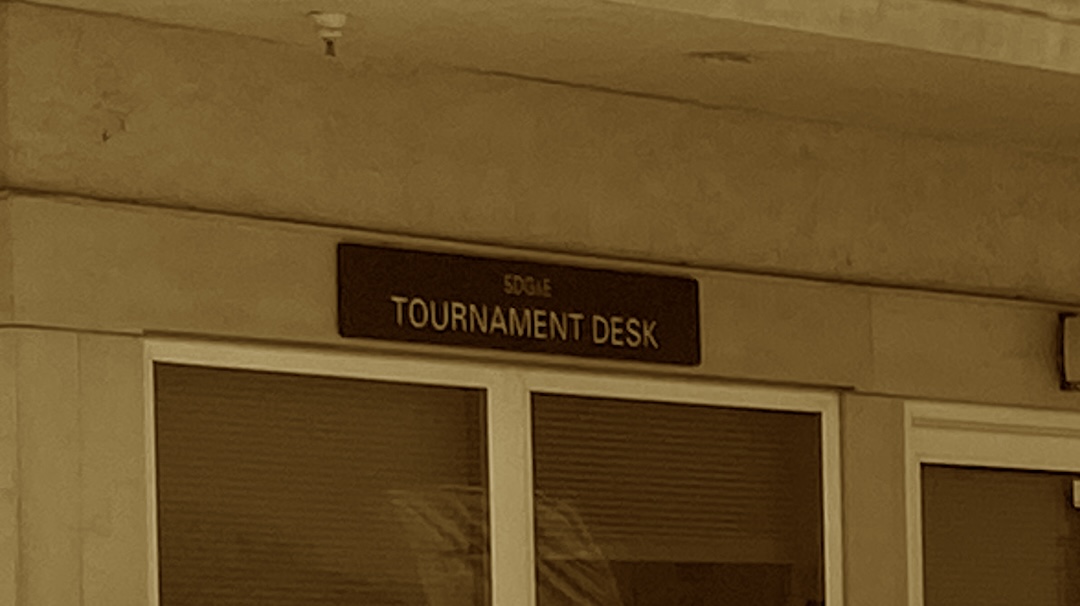Some of the earliest versions of the rules of lawn tennis contain terms that are likely unfamiliar to current tennis players within the context of the modern sport. For example, the word “bisque” is used in S.C.F. Peile’s 1887 book, ‘Lawn Tennis as a Game of Skill‘ without any introduction or definition. The concept of a bisque was apparently well-understood at the time.
Today the word bisque means a creamy smooth shellfish soup. The stock is made by simmering the shells, straining them out, and then adding copious amounts of cream and a thickening agent such as finely ground shells or rice. The cooked meat is typically sprinkled across the top as a garnish. That is what immediately springs to mind whenever I hear the word bisque.
In 1887 when my edition of ‘Lawn Tennis as a Game of Skill‘ was published, a bisque was commonly used in croquet. For that game, it referred to an extra turn or additional shot granted to a player. The purpose of a bisque is as a hanndicap mechanism. It provides a player with an advantage to compensate for a perceived skill imbalance between players.
In the early rules of lawn tennis, bisques were also used as a mechanism to equalize competitive inequities between players. Before the match, a weaker player would be given a certain number of bisques. That player could decide when to take their bisque points throughout the match. For example, if they were leading a game 40-30, they could use a bisque to win the next point and claim the game.
Peile first mentions bisques in a chapter about the rules of lawn tennis that were frequently ignored or broken during his time. His particular point of concern in that section was maintaining the correct order of service after a bisque was claimed. For example, if a bisque was used to take the first point of a game, the first physical serve should be delivered to the ad side of the court. That was apparently confusing at the time.
The author also renders strategic advice on when bisques should be taken. His recommendation is to remember to use the full allotment of bisques during the match along with the observations that some players frequently forget to do that. At the same time, he recommends taking bisques as late in the set as possible because that is generally when they are most strategically impactful. Peile also recommends claiming bisques when the player has a vantage point, consistent with our earlier example.
In fact, ‘Lawn Tennis as a Game of Skill‘ has an entire chapter on when to take a bisque. That includes multiple pages of scenarios and advice for players to maximize that advantage. To my eye, many of the situations described could only arise if an excessive number of bisques had been granted in the first place.
Bisques were removed from the rules of the game before the International Lawn Tennis Federation was founded. However, it is an indelible part of the history that contributed to the culture of the sport. In reflection, it is somewhat surprising to me that bisques are not commonly used in practice matches to create additional pressure on a stronger player. I think it could be quite useful in that context.
‘Lawn Tennis as a Game of Skill‘‘ illuminates the rules of early lawn tennis as well as a fascinating glimpse into the cultural roots from which the first international standardization of the rules evolved. Bisques are a thought-provoking idea that invites us to consider the untapped possibilities from tennis traditions of a bygone era.
- Lawn Tennis as a Game of Skill, S.C.F Peile, 1887.
- The Game of Lawn Tennis with the Rules of the Marylebone and All England Clubs, by “Cavendish,” Eighth Edition, 1888.
- ITF Rules of Tennis, International Tennis Federation, 2023



